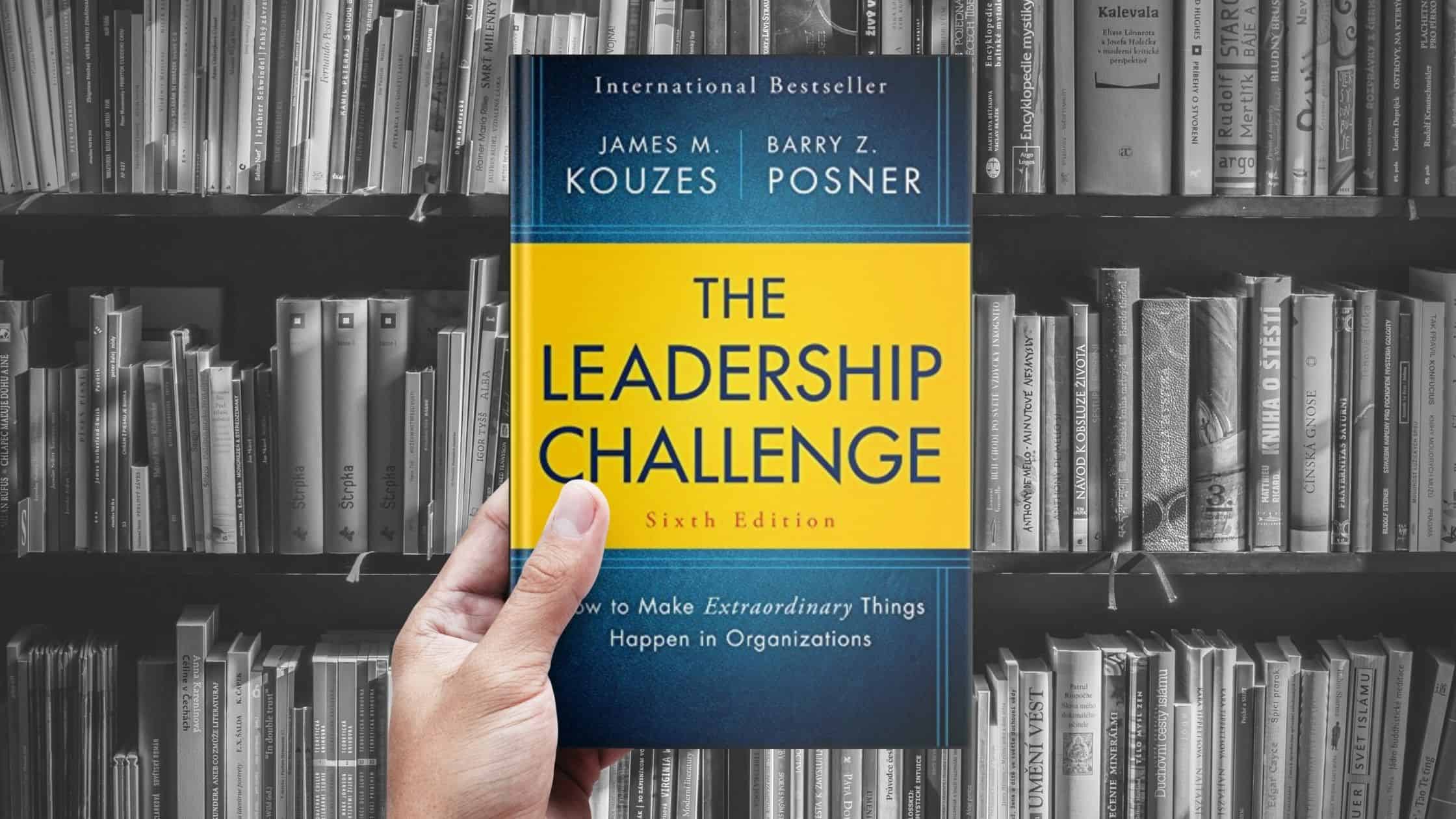Do you like definitions?
Over my cup of coffee this morning, I thought about the idea of conscious leadership. In the internal discussion with myself, this meant being purposeful about how one leads vs. just doing what I do.
Let’s be clear, many of us employ tactics and strategies of the latter with great success. It’s also important to note that many do the same without being effective.
As I sometimes do, I wanted to be clear about what I was talking to myself about. So I went to Webster’s for the definitions:
Conscious:
- aware of one’s own existence, sensations, thoughts, surroundings, etc.
- fully aware of or sensitive to something
Leadership:
- the position or function of a leader, a person who guides or directs a group
- ability to lead
What Is Conscious Leadership?
When I put this together, a conscious leader is someone who is fully aware of or sensitive to their position as a leader to guide, direct, and lead a group.
It’s undeniable there are countless leaders out there. The question is, how many of them are conscious? How many are sincerely dedicated to their trade?
It’s rarer to find a conscious leader who displays the appropriate combo of care, concern, and focus on being a strong leader and also one that inspires and motivates people around common goals.
Many leaders are thrust into leadership roles often without proper guidance, skills, tools, and training. As a result, we’ve got a pandemic of poor leadership on our hands – and it’s running rampant in a company near you!
Poor Leadership Has Taught Me Lessons
In my career, I’ve met a lot of poor leaders. Although I’ve been privileged to have some great bosses – I’ve also worked with many poor ones. It’s the poorer ones that I learned many great lessons from.
In my work as a Coach and Facilitator, I see many people who struggle with leadership. Most of them are gripped with something holding them back – insecurities, thoughts of not being good enough, an unrelenting need to be right (and by default, that means everyone else has to be wrong), fear of speaking up, and of course, the ever-popular – they won’t listen to me anyway, or I’ll get fired if I speak up.
What Makes A Conscious Leader?
As I thought more about conscious leadership, I realized that it’s more about having an idea of how I’m leading and following a certain set of principles or tenets. And most importantly, it’s having a framework that provides direction while also allowing for the flexibility required for each leader to exercise their individuality. Said another way, it’s not just winging it!
There are a few tools and books I like when it comes to leadership. Instead of teaching you (per se) how to manage or lead and creating an overly complex matrix of do this, don’t do that type of stuff, I think it’s best to provide people with easy-to-understand concepts, ideas, and frameworks for their consideration. If it resonates, the thing usually takes off in the direction you choose. And from there, I watch people create personalized styles and philosophies (some call it your leadership brand) – and flourish!
With that in mind, one book, in particular, has a model that is easy to understand AND provides a great sense of flexibility. The book is The Leadership Challenge by James M. Kouzes and Barry Z. Posner. Its message and framework are indisputably simple in concept and proven effective – they even have the data to support it.

This book is not teaching you how to do leadership. Rather, they provide a framework to work within consciously and deliberately. Instead of just ‘doing what you do,’ you’ll now be ‘doing what you do’ within a proven framework to become the leader you always knew you could be.
When acting as a conscious leader, you have a holistic view of the sum of all parts – not least of which is how you lead, motivate, and inspire. As individual leaders start, modify, and refine their leadership style, the 5 practices outlined in The Leadership Challenge provide a great overview of how to focus your efforts.
The 5 practices are:
Model the Way

Kouzes and Posner describe it like this:
Leaders establish principles concerning the way people (constituents, peers, colleagues, and customers alike) should be treated and the way they should pursue goals. Leaders create standards of excellence and set an example for others to follow. They put up signposts when people feel unsure of where to go or how to get there. Leaders create opportunities for victory.
For me, this is about talking the talk and walking the walk. Yet, before you can even do those things, you need to know what the talk and walk are. As I coach folks, I always start with a values assessment (you can take it here: www.CoreValuesAssessment.com). Identifying your core values is the first step in communicating them to your team.
For instance, if punctuality is one of your top values, you wouldn’t persistently be 5-10 minutes late to meetings. Nor would you tolerate that from your team.
Next is thinking about your beliefs and how they show up in your personhood and leadership.
For instance, I believe we need to speak up more. As such, I encourage my teams to speak with candor and as often as is necessary to get to the root cause of issues. I believe we should avoid saying, ‘I was going to say something…’.
Once you identify your core values and what you believe, and then communicate them with your team, you’ve started to Model the Way. You are removing the ‘unspoken rules’ and putting them right on the table (so to speak) so everyone can see them.
A client once told me that as she started to communicate her values and beliefs, along with her pet peeves and standards of quality, she saw immediate impacts. Her team wasn’t playing the guessing game of trying to figure out how to meet her level of standards. They knew what work would be acceptable and what she’d immediately ask for them to redo. They also started to pick up more astutely to her non-verbal cues, recognizing when they were poking (deliberately or inadvertently) at her core values.

Kouzes and Posner describe it like this:
Leaders search for opportunities to change the status quo. They look for innovative ways to improve the organization. In doing so, they experiment and take risks. Since complex change threatens to overwhelm people and stifle action, leaders set interim goals so that people can achieve small wins as they work toward larger objectives. Effective leaders unravel bureaucracy when it impedes action. And, because leaders know that taking risks involves mistakes and failures, they accept occasional disappointments as opportunities to learn.
Bottom line, to be a conscious leader, it’s important that you demonstrate to your team that you care about them and their growth. The shared vision is exactly as it sounds – it’s shared! Both you AND they have a vested interest in the vision.
If they aspire to grow up the ladder, it’s your responsibility to provide the support they need. If they are seeking great personal and professional balance, it’s your responsibility to help them set clearer boundaries and guardrails. If they’ve outgrown their current role, it’s your responsibility to help them find a new one – or at the least provide them with more challenging work that might be outside the main scope of their job.
Challenge the Process

Kouzes and Posner describe it like this:
Leaders search for opportunities to change the status quo. They look for innovative ways to improve the organization. In doing so, they experiment and take risks. Since complex change threatens to overwhelm people and stifle action, leaders set interim goals so that people can achieve small wins as they work toward larger objectives. Effective leaders unravel bureaucracy when it impedes action. And, because leaders know that taking risks involves mistakes and failures, they accept occasional disappointments as opportunities to learn.
Do you or anyone at your organization say, ‘we’ve always done it this way?’? If so, that’s the clearest indication that you are NOT challenging the process.
This practice does not mean you’re difficult or regularly tell people things are broken or that they suck. Rather, it’s a practice of curiosity. It’s looking for more efficient ways of doing things. Or, as we sometimes find, our challenge and curiosity further strengthen and validate the way we’re doing it in the first place.
The point is, don’t rest on your laurels and become complacent. If someone has an idea for growth or improvement, if a group is affected by a process that works perfectly well for others but not them, or any other reason that might come forth – challenging the process is all about exploration. Explore the topic – challenge it – and watch how things progress.
Enable Others to Act

Kouzes and Posner describe it like this:
Leaders foster collaboration and build spirited teams. They actively involve others. Leaders understand that mutual respect sustains extraordinary efforts. They strive to create an atmosphere of trust and human dignity. They strengthen others, making each person feel capable and powerful.
One of the biggest mistakes I see in leaders is that they take on too much. I hear things like, ‘nobody can do it as well as I can.’ Or ‘it takes too long to teach them’…or any of those types of lame excuses.
But I get it. Those things can be true – even if it’s mostly in your head and internal dialogue. Have you shared these thoughts with others? Have you told them what your standards are (see Model the Way)? Have you explained that you’d love for them to grow (see Inspire a Shared Vision)?
I’ve also learned that sometimes our self-worth and sustainability at work are 100% tied to what we believe is irreplaceable, i.e., my ability to do things.
The problem with this thinking is that once you’ve been promoted to the leadership ranks, your value is also tied to how you lead others to accomplish goals. If you’re too busy doing all the tasks and day-to-day operational goings-on, there’s a strong likelihood you’re overlooking your leadership responsibilities.
Enabling others to act is all about empowering them – empowering them to take action, speak up, follow creative avenues, solve problems, and be involved and engaged in their work.
With this practice, the conscious leader recognizes their own sense of right or wrong, which could hinder progress. If someone has an idea that they want to explore, generally speaking – let them! We learn best through action, trial and error, and firsthand experience.
Encourage the Heart

Kouzes and Posner describe it like this:
Accomplishing extraordinary things in organizations is hard work. To keep hope and determination alive, leaders recognize the contributions that individuals make. In every winning team, the members need to share in the rewards of their efforts, so leaders celebrate accomplishments. They make people feel like heroes.
Answer the following question ‘I have asked all the people who report to me how they want to be acknowledged for a job well-done.’
Most people answer no. They have not asked people how they want to be acknowledged, and rather, the leader acknowledges them in the way they want to be recognized. If you, as a leader, are more about public praise, it’s common for you to praise others in the same way. Conversely, if you prefer private praise, you may lean that way too.
At the end of the day, we as humans want to know we’re valued and that we matter. The best way to provide that as a leader is to say thank you, I appreciate you, you did a great job on that project, etc. If you ask people how they want to be appreciated – they will give you the answers you need. All you have to do is – do exactly what they asked. It’s simple!
Summing It Up
I’m hoping you’re starting to see why I love The Leadership Challenge so much. It’s a clear and deliberate framework, and yet, it allows you full autonomy to be as creative and unique as you choose. Let’s also be real, you’re naturally stronger in some areas than others. The point is conscious leaders are aware of all of these practices and take deliberate action to affect them all.
The most conscious leaders I’ve encountered deliberately focus on these things. They are also vulnerable, they don’t assume they always have the right or best answer, they share some of their insecurities, and they admit when they don’t know something. They act like a real person and not some made-up vision of what a leader is supposed to be.
When I coach leaders, we typically start with the conscious part. We spend a lot of time uncovering their values, innate strengths, areas of growth (which we all know is a nice way of saying weaknesses), pet peeves, leadership style, philosophy, and in essence, the person we want to be. From there, we typically, and rather simply, back into the leadership practices, systems, and processes they want to create, modify, and refine as outlined in The Leadership Challenge.
The outcome is the truest version of the leader. It’s them not separating their ‘personal’ persona from their professional. Rather, it’s just them – in all their glory and reveling in their greatness. From there, the people they lead are often more engaged, inspired, and motivated. The team naturally performs in a more rhythmic and connected way.
In a high tide, all boats rise. You, as the leader, need to start raising the water, so everyone else around you has a better opportunity to excel.


